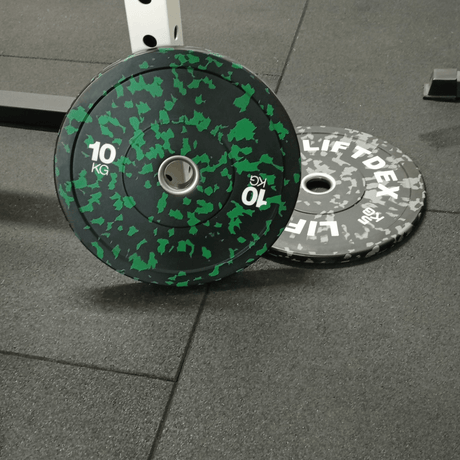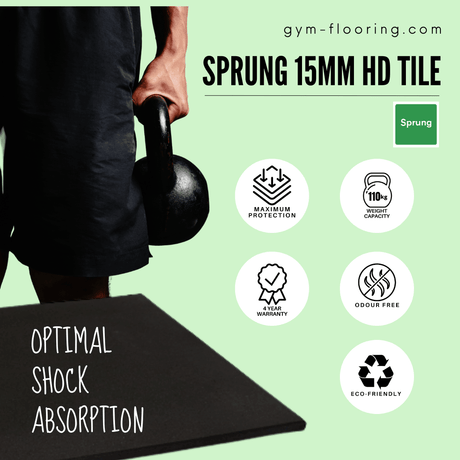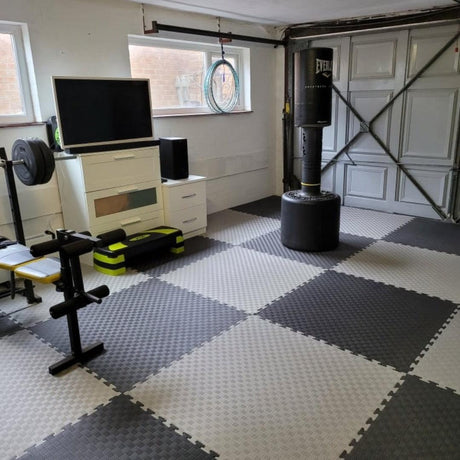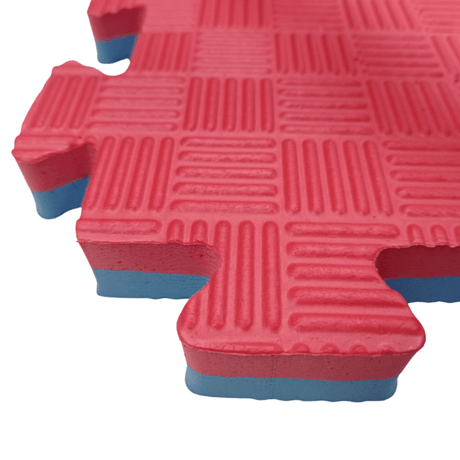Achieving good form and technique is essential in fitness, not just to get results but also to prevent injuries. When lifting or performing high-impact movements, knowing the basics is key. We’ve gathered insights from top trainers who excel in barbell, kettlebell, and plyometric training. These fitness experts share their top tips for common exercises in each category and recommend drills to help you nail the techniques.
1. Barbell Training: Expert Tips for Squats, Deadlifts, and Bench Press
When it comes to barbell training, foundational exercises like squats, deadlifts, and the bench press are often first on the list. Let’s dive into advice from personal trainers known for their expertise in this area.
Trainer: Dr. Layne Norton (PhD, Bodybuilder, and Powerlifting Coach)

Squat: Prioritise Depth Over Weight
Dr. Norton emphasises that hitting proper depth is crucial in squats. The goal is to reach at least parallel (where your hips are level with your knees), or ideally below, to engage all leg muscles. He warns against ego-lifting, where people prioritise adding more weight over good form. Start light and increase only once you’re achieving full depth comfortably.
Deadlift: Use a Neutral Spine
For deadlifts, Norton stresses maintaining a neutral spine throughout the movement to protect your lower back. This means keeping your back straight (not arched or rounded) and bracing your core. He suggests thinking of “locking” the shoulder blades in place, which helps keep the back straight and the chest up.
Bench Press: Keep Your Feet Planted
When performing a bench press, Norton advises keeping your feet firmly on the floor and your lower back slightly arched. This provides a solid base and stabilises the body, helping you push more effectively without putting too much strain on your shoulders.
Recommended Drill: Barbell Technique Practice Routine
- Set 1: Light barbell squats, focusing solely on depth and core engagement (2 sets of 10 reps)
- Set 2: Deadlifts with light weight, working on hip hinge and spine alignment (2 sets of 8 reps)
- Set 3: Bench press with only the bar, practising foot position and grip control (2 sets of 10 reps)
This routine, repeated weekly, helps reinforce technique before adding weight.
2. Kettlebell Training: Expert Tips for Swings, Cleans, and Turkish Get-Ups
Kettlebells are versatile and effective for building functional strength, but they require precision. Let’s look at the advice from Pavel Tsatsouline, founder of StrongFirst, and widely regarded as a kettlebell expert.
Trainer: Pavel Tsatsouline (Founder of StrongFirst)

Kettlebell Swing: Focus on the Hip Hinge
Pavel advocates using a powerful hip hinge in the kettlebell swing rather than squatting. A common mistake is bending the knees too much, which turns it into a squat movement. Instead, hinge at the hips and use your glutes and hamstrings to drive the movement, keeping your arms relaxed as they guide the kettlebell up.
Kettlebell Clean: Keep the Bell Close to the Body
For the clean, Tsatsouline recommends keeping the kettlebell close to your body to avoid swinging it outwards. This technique helps maintain control and reduces strain on the wrist and shoulder. As you clean the kettlebell, keep your elbow close and imagine pulling it up and around your forearm.
Turkish Get-Up: Move Slowly and Control the Flow
The Turkish get-up is a challenging full-body movement. Pavel’s advice here is to focus on each phase individually, ensuring proper alignment and stability before moving to the next step. Rushing through this exercise can lead to poor form and increased risk of injury, so go slow and stabilise at each transition.
Recommended Drill: Kettlebell Flow
- Perform the following exercises back-to-back without setting down the kettlebell:
- 10 kettlebell swings
- 8 kettlebell cleans on each side
- 3 Turkish get-ups on each side
This flow reinforces correct movement patterns while building strength and endurance.
3. Plyometric Training: Expert Tips for Box Jumps, Broad Jumps, and Burpees
Plyometric exercises are explosive, high-energy movements that boost power, agility, and speed. With the right form, they can be extremely effective. We’ve tapped into insights from Ben Bruno, a renowned strength and conditioning coach.
Trainer: Ben Bruno (Strength Coach to Athletes)

Box Jumps: Land Softly
For box jumps, Bruno advises focusing on a soft landing. Aim to land with a slight bend in the knees to absorb impact, rather than a rigid stance. This reduces the risk of knee injuries and trains you to control your descent, rather than just focusing on height.
Broad Jumps: Use Arm Swing for Momentum
The broad jump requires generating horizontal distance, not just height. Bruno recommends using an arm swing to gain momentum, which helps propel the body forward. Start with a deep squat, swing the arms back, and then leap forward, extending fully through the hips.
Burpees: Keep Your Core Engaged
Burpees are deceptively challenging. Bruno stresses keeping your core tight, particularly during the push-up and jump phases. When you drop to the ground, avoid letting your hips sag; instead, keep your body in a straight line, as if you were doing a plank.
Recommended Workout: Plyometric Circuit
- Set 1: 10 box jumps, focusing on a controlled landing
- Set 2: 8 broad jumps, using the arms for power (rest 15 seconds between reps)
- Set 3: 15 burpees, maintaining core tension throughout
This circuit trains explosive strength and control, with each movement reinforcing proper technique.
Final Thoughts
Incorporating these tips from expert trainers into your routine will enhance your performance and reduce the risk of injury. Each of these experts emphasises controlled, mindful movement rather than prioritising speed or weight, which is crucial for both beginners and seasoned athletes. Whether you’re lifting barbells, swinging kettlebells, or jumping into plyometrics, remember that mastery of form and technique is key to long-term progress in fitness.




















